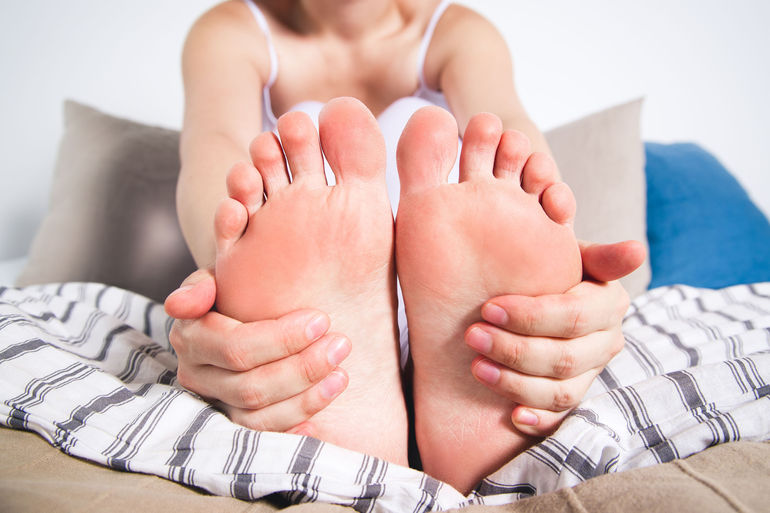The Centers for Advanced Orthopaedics is redefining the way musculoskeletal care is delivered across the region with locations throughout Maryland, DC, Virginia and Pennsylvania.
How To Prevent & Treat Peroneal Tendonitis

Each foot has two peroneal tendons that help to stabilize the foot and ankle. One peroneal tendon attaches to the outer part of your midfoot, while the other tendon traverses under the foot and connects near the inside of the arch. These tendons help keep the foot stable and prevent sprains and strains, but like any tendon, they can become inflamed as a result of overuse. In today’s blog, we take a closer look at how peroneal tendonitis develops and how we can help diagnose and treat it.
Causes and Symptoms Of Peroneal Tendonitis
Peroneal tendonitis is not as common as some other forms of arthritis, but it’s still a condition we treat regularly at our clinic. Like standard cases of tendonitis, the condition is typically the result of overuse, especially if the foot is in certain positions during this overstressing activity. For example, while running can lead to peroneal tendonitis, running on sloped streets can put even more tension on the tendon, leading to a higher likelihood of inflammation and tendonitis.
Other causes or factors that can contribute to personal tendonitis include:
- Being a marathon or long-distance runner
- Having tight calf muscles
- Having previous ankle sprains
- Having high arches
- Individuals who do a lot of running interval training
Symptoms can vary from patient to patient and can develop or resolve based on your activity levels. However, while rest can help treat some of the symptoms, it may not be your best bet to resolve the underlying issue. Symptoms of peroneal tendonitis include pain, pain that worsens with activity, swelling, tenderness and pain that’s worse in the morning.
Diagnosing and Treating Personal Tendonitis
If you’re dealing with foot or ankle pain, especially after running or a long day on your feet, consider syncing up with a foot specialist in the area. Your specialist will begin by reviewing your medical history, asking about your symptoms and then performing some physical manipulation tests. If they suspect the peroneal tendons may be affected, they may also order a CT scan or an MRI to look at the soft tissues in the area, although it is not always necessary.
Treating peroneal tendonitis revolves around giving the area time to rest while also mixing in some physical therapy exercises to help the area better handle stress in the future. Your specialist may also recommend that you wear a custom orthotic or a brace to help protect the area when you need to be on your feet. A platelet-rich plasma injection can also help to calm the tendon and make movement less painful, but it should be coupled with physical therapy and not used as the only treatment because it is not a long-term solution.
Surgery is rarely needed to address peroneal tendonitis, mainly because conservative care techniques are typically very successful. However, if the tendon damage is greatly affecting the stability of your foot and making you at a heightened risk for another foot injury, it may be an option. Your foot specialist can walk you through all your treatment options, but expect to find some form of relief with non-operative methods.
For more information about peroneal tendonitis, or for help with your foot pain, reach out to the team at The Centers For Advanced Orthopaedics today.